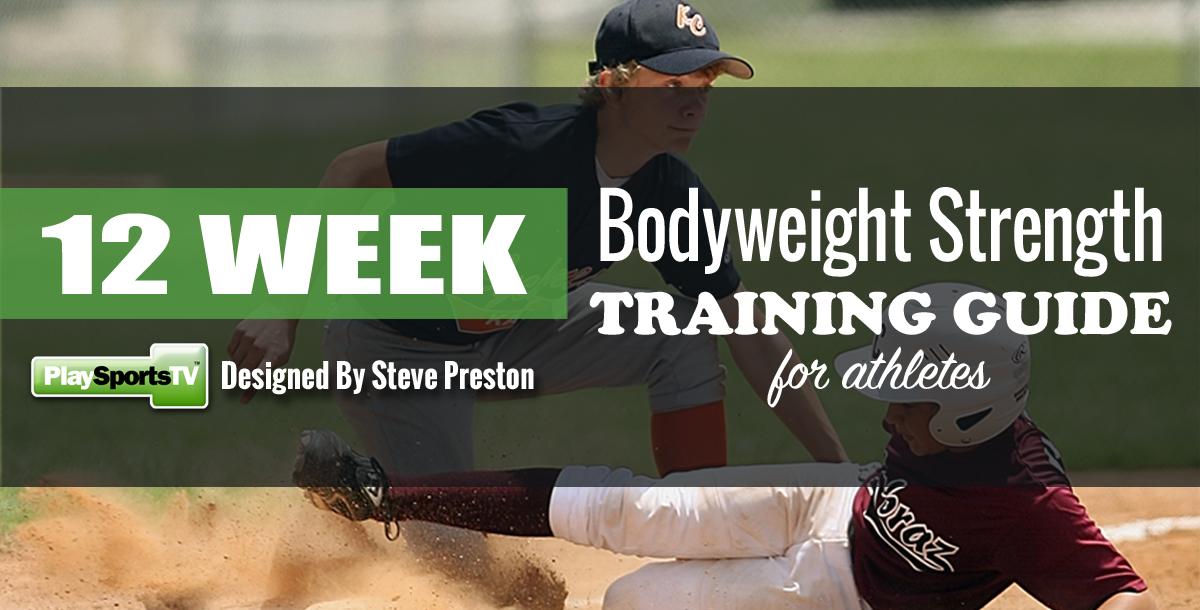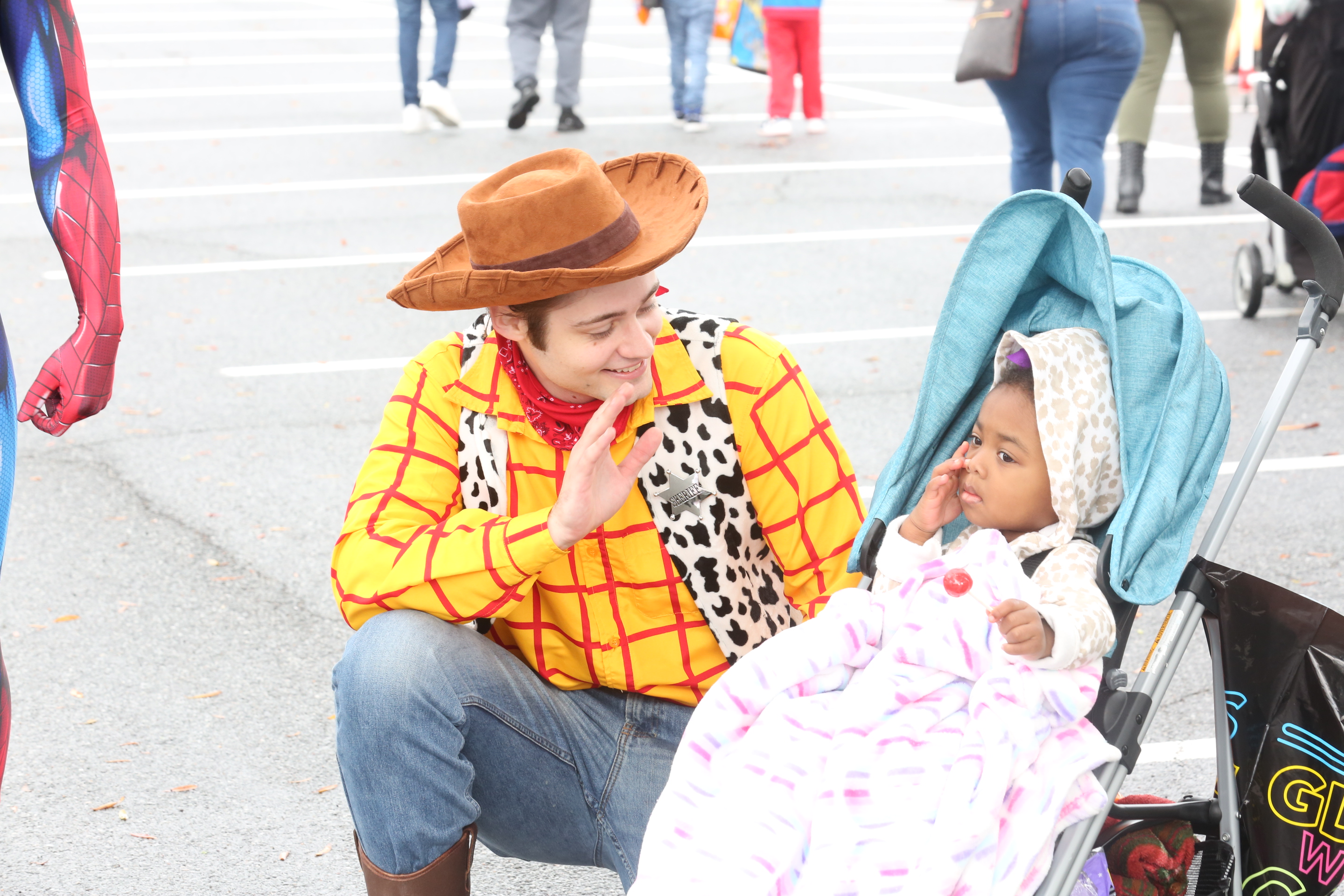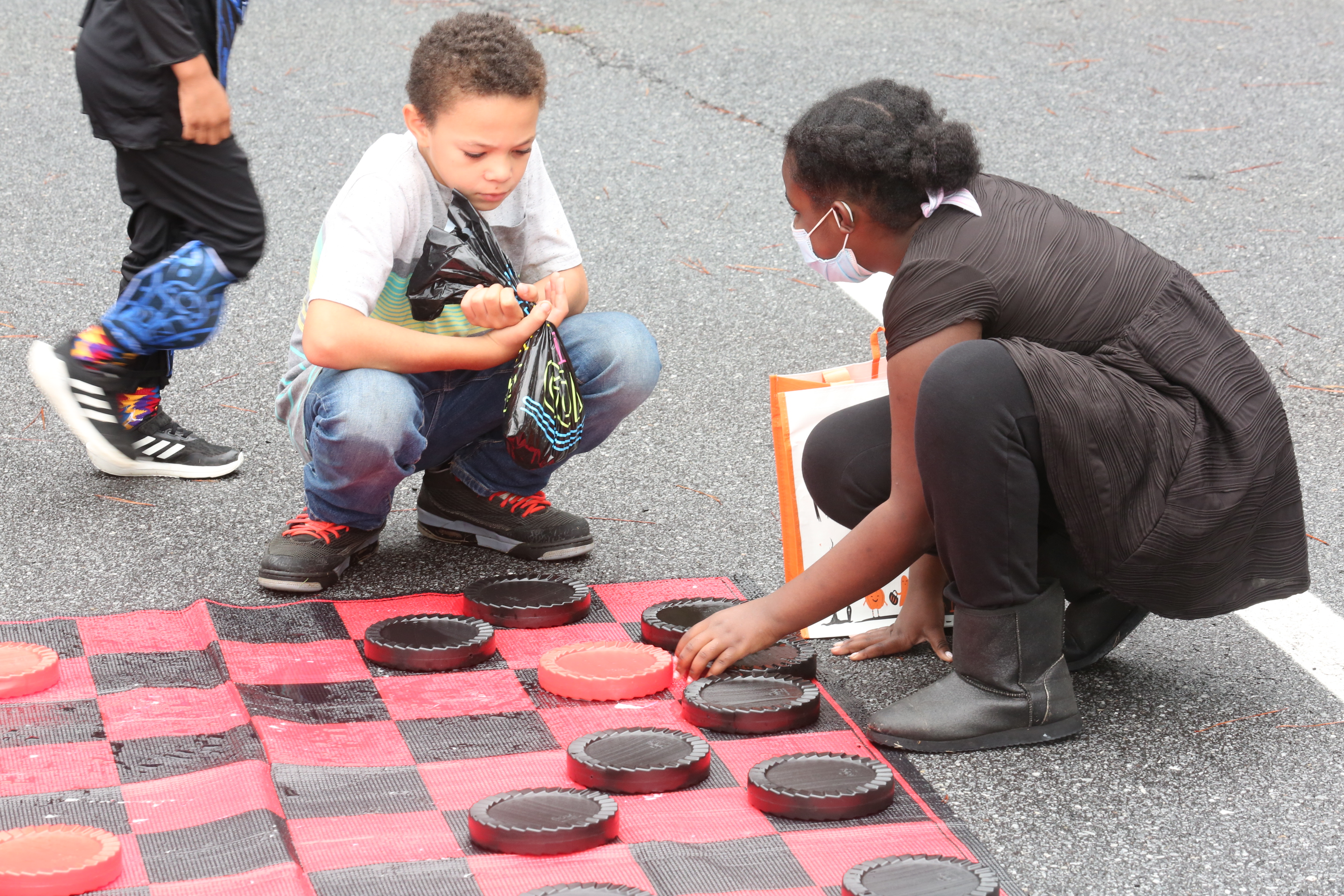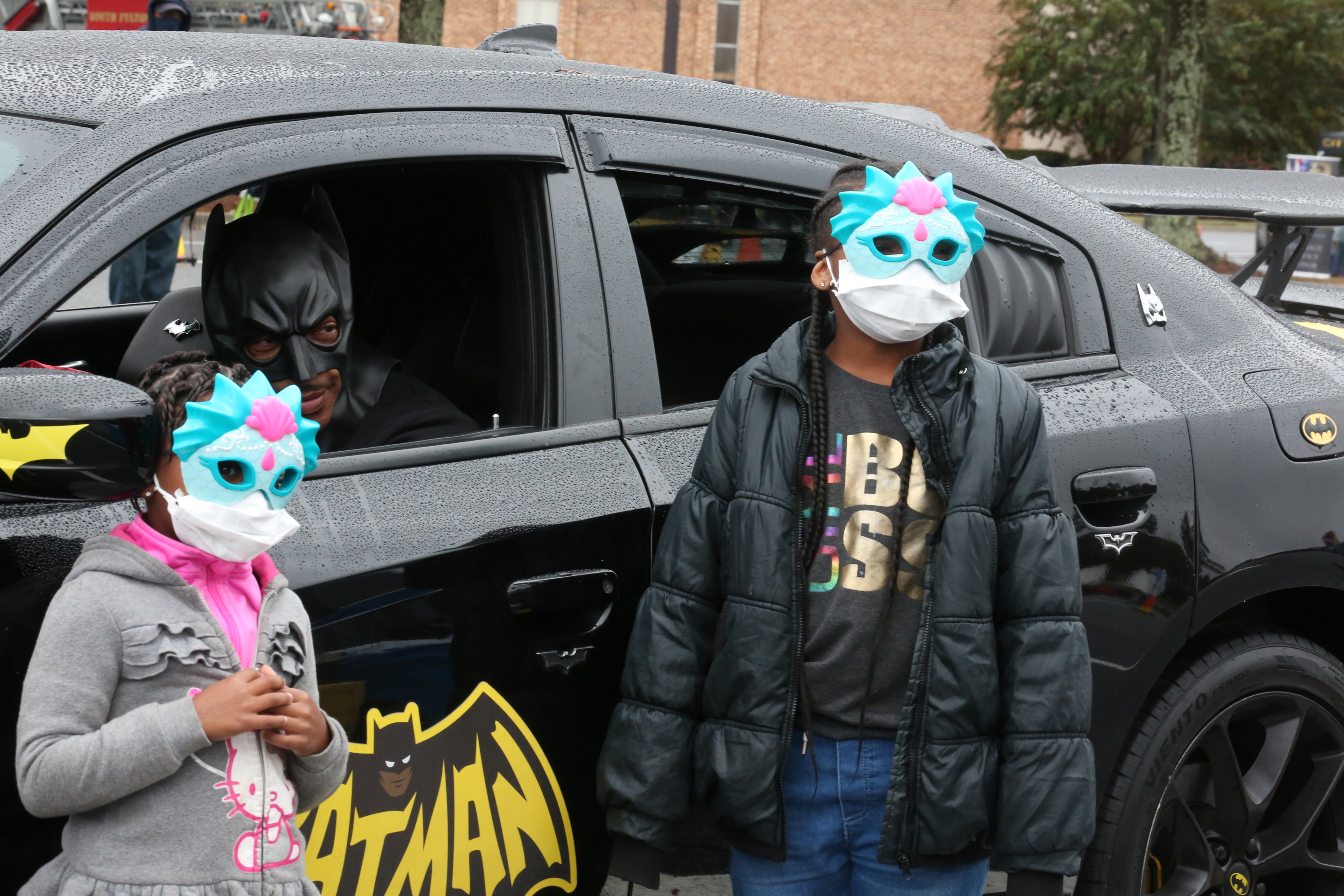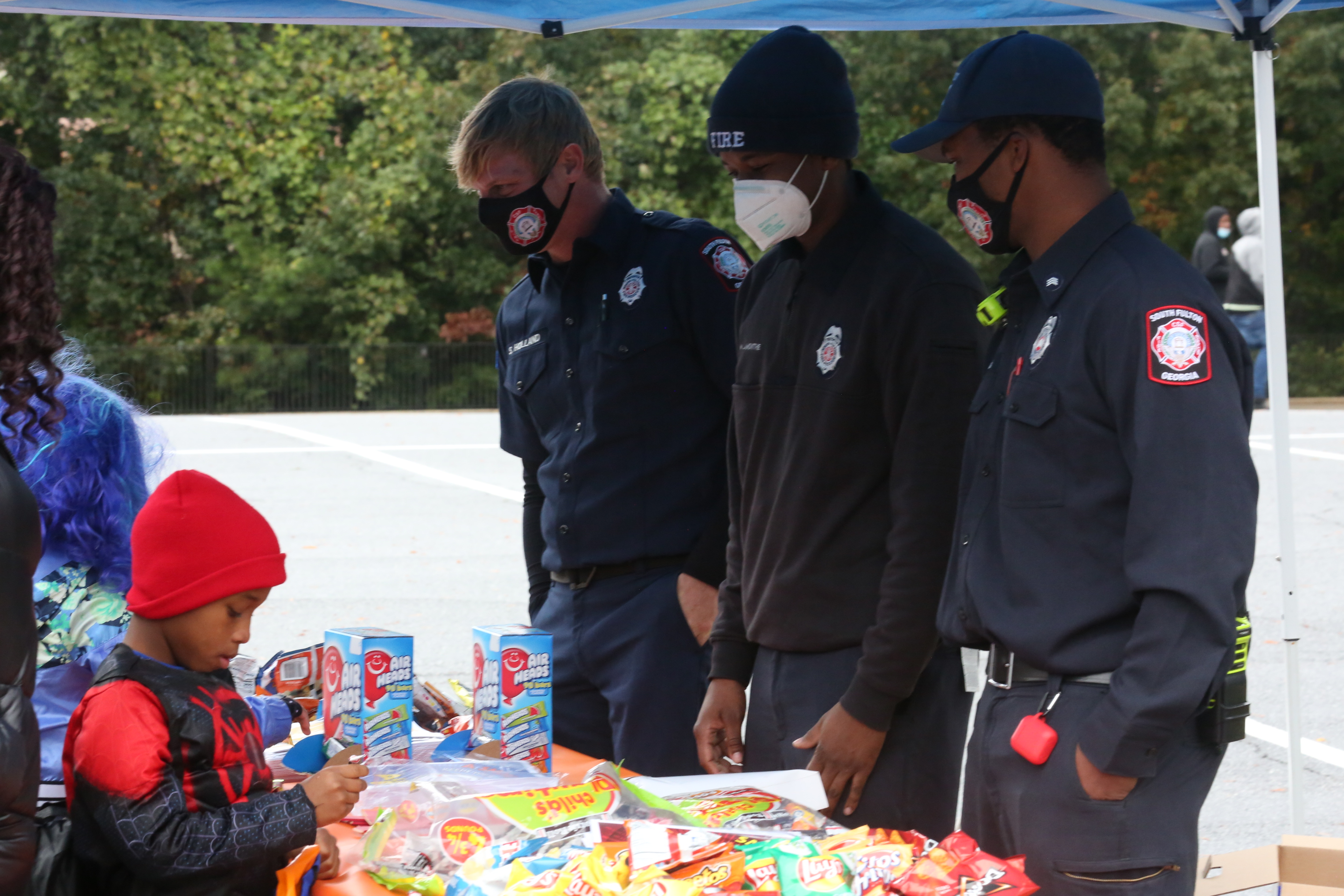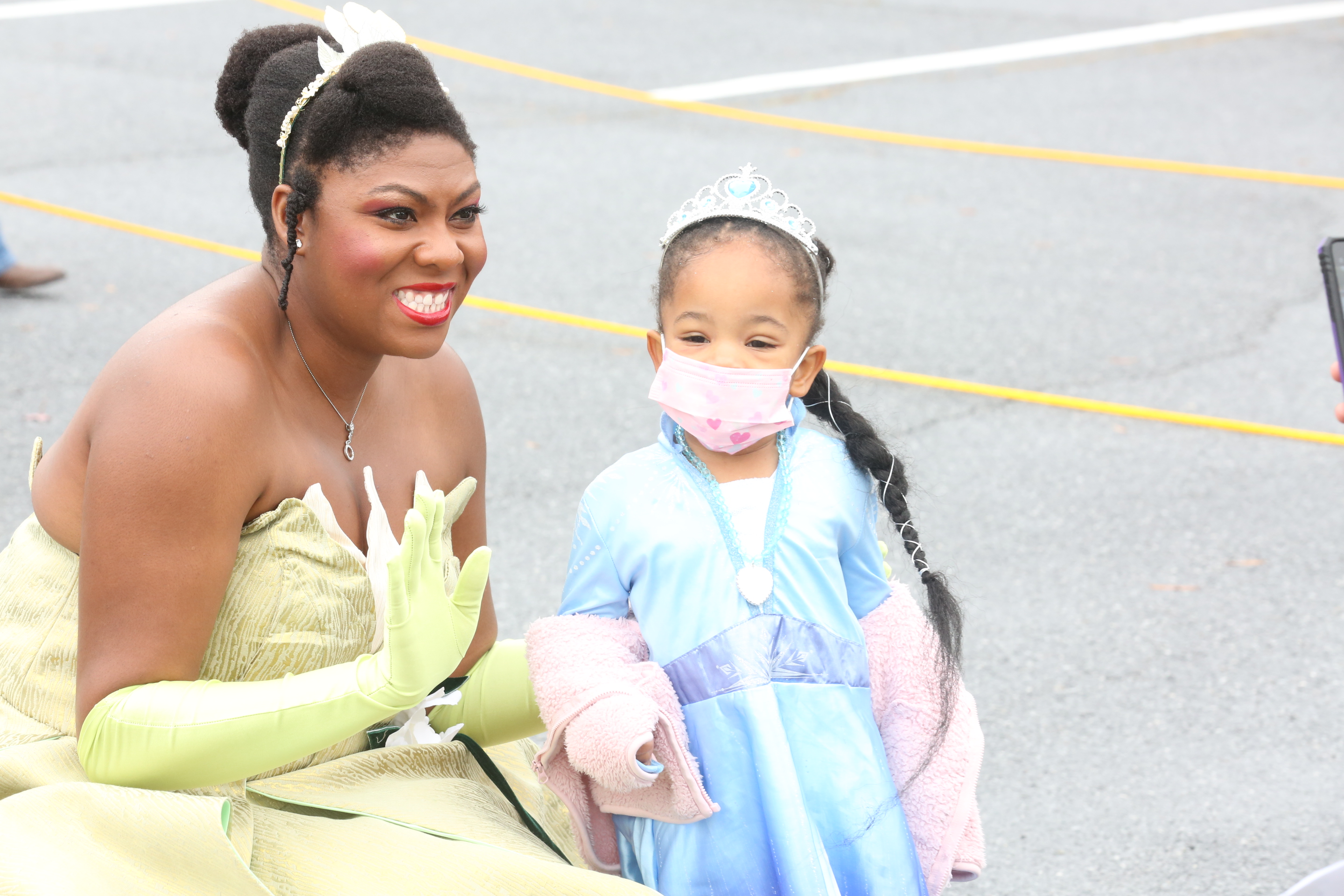Let's review the latest science on the law of declining virulence.
Support your Vitamin D levels this winter with Essential Fatty Nutrients by MYOXCIENCE Nutrition: https://amzn.to/3lin25U
The Covid-19 Vaccine and Chronic Spontaneous urticaria. Is it the immune system overreacting?
- Author Katherine Ford
The Covid-19 Vaccine and Chronic Spontaneous urticaria.
Is it the immune system overreacting?
Disclaimer: I’m not a doctor or medical professional, I’m just doing my own research since there isn’t that much. All this information is what was on the websites I found and it’s not my work I’m just compiling it. And the sources will be listed below. I split it into six sections.
-
What is a vaccine?
-
How does your immune system work?
-
What is chronic spontaneous urticaria?
-
Things to think about.
-
My personal experience with it.
-
Sources used
Hopefully this helps someone.
Section 1: What is a vaccine?
Vaccines are biological solutions that give a person immunity against spreadable diseases, such as the flu or coronavirus. Vaccines are used to prevent the spread of communicable, or infectious, diseases in a population. Since a virus can’t survive without a host, and vaccination prevents people from hosting the virus, the virus will eventually die out if enough people are vaccinated.
What does it do to the immune system?
A pathogen is a bacterium, virus, parasite or fungus that can cause disease within the body. Each pathogen is made up of several subparts, usually unique to that specific pathogen and the disease it causes. The subpart of a pathogen that causes the formation of antibodies is called an antigen. The antibodies produced in response to the pathogen’s antigen are an important part of the immune system. You can consider antibodies as the soldiers in your body’s defense system. Each antibody, or soldier, in our system is trained to recognize one specific antigen. We have thousands of different antibodies in our bodies. When the human body is exposed to an antigen for the first time, it takes time for the immune system to respond and produce antibodies specific to that antigen. In the meantime, the person is susceptible to becoming ill. Once the antigen-specific antibodies are produced, they work with the rest of the immune system to destroy the pathogen and stop the disease.
Antibodies to one pathogen generally don’t protect against another pathogen except when two pathogens are very similar to each other. Once the body produces antibodies in its primary response to an antigen, it also creates antibody-producing memory cells, which remain alive even after the pathogen is defeated by the antibodies. If the body is exposed to the same pathogen more than once, the antibody response is much faster and more effective than the first time around because the memory cells are at the ready to pump out antibodies against that antigen. This means that if the person is exposed to the dangerous pathogen in the future, their immune system will be able to respond immediately, protecting against disease.
How are vaccines tested for safety?
Regulation-
At the end of the 19th century, several vaccines for humans had been developed. They were smallpox, rabies, plague, cholera, and typhoid vaccines. However, no regulation of vaccine production existed.
On July 1, 1902, the U.S. Congress passed "An act to regulate the sale of viruses, serums, toxins, and analogous products," later referred to as the Biologics Control Act (even though "biologics" appears nowhere in the law). This was the first modern federal legislation to control the quality of drugs. This act emerged in part as a response to 1901 contamination events in St. Louis and Camden involving smallpox vaccine and diphtheria antitoxin. The Act created the Hygienic Laboratory of the U.S. Public Health Service to oversee manufacture of biological drugs. The Hygienic Laboratory eventually became the National Institutes of Health. The Act established the government’s right to control the establishments where vaccines were made.
What goes into testing and developing a vaccine?
Exploratory Stage-
This stage involves basic laboratory research and often lasts 2-4 years. Federally funded academic and governmental scientists identify natural or synthetic antigens that might help prevent or treat a disease. These antigens could include virus-like particles, weakened viruses or bacteria, weakened bacterial toxins, or other substances derived from pathogens.
Pre- Clinical Studies-
Pre-clinical studies use tissue-culture or cell-culture systems and animal testing to assess the safety of the candidate vaccine and its immunogenicity, or ability to provoke an immune response. Animal subjects may include mice and monkeys. These studies give researchers an idea of the cellular responses they might expect in humans. They may also suggest a safe starting dose for the next phase of research as well as a safe method of administering the vaccine. Researchers may adapt the candidate vaccine during the pre-clinical state to try to make it more effective. They may also do challenge studies with the animals, meaning that they vaccinate the animals and then try to infect them with the target pathogen. Many candidate vaccines never progress beyond this stage because they fail to produce the desired immune response. The pre-clinical stages often lasts 1-2 years and usually involves researchers in private industry.
IND Application-
A sponsor, usually a private company, submits an application for an Investigational New Drug (IND) to the U.S. Food and Drug Administration. The sponsor describes the manufacturing and testing processes, summarizes the laboratory reports, and describes the proposed study. An institutional review board, representing an institution where the clinical trial will be conducted, must approve the clinical protocol. The FDA has 30 days to approve the application. Once the IND application has been approved, the vaccine is subject to three phases of testing.
Phase 1 trials-
The goals of Phase 1 testing are to assess the safety of the candidate vaccine and to determine the type and extent of immune response that the vaccine provokes. In a small minority of Phase 1 vaccine trials, researchers may use the challenge model, attempting to infect participants with the pathogen after the experimental group has been vaccinated. The participants in these studies are carefully monitored and conditions are carefully controlled. In some cases, an attenuated, or modified, version of the pathogen is used for the challenge.
Phase 2 Trials-
A larger group of several hundred individuals participates in Phase II testing. Some of the individuals may belong to groups at risk of acquiring the disease. These trials are randomized and well controlled, and include a placebo group. The goals of Phase II testing are to study the candidate vaccine’s safety, immunogenicity, proposed doses, schedule of immunizations, and method of delivery.
Phase 3 Trials-
Successful Phase II candidate vaccines move on to larger trials, involving thousands to tens of thousands of people. These Phase III tests are randomized and double blind and involve the experimental vaccine being tested against a placebo (the placebo may be a saline solution, a vaccine for another disease, or some other substance).
One Phase III goal is to assess vaccine safety in a large group of people. Certain rare side effects might not surface in the smaller groups of subjects tested in earlier phases. For example, suppose that an adverse event related to a candidate vaccine might occur in 1 of every 10,000 people. To detect a significant difference for a low-frequency event, the trial would have to include 60,000 subjects, half of them in the control, or no vaccine, group (Plotkin SA et al. Vaccines, 5th ed. Philadelphia: Saunders, 2008).
Vaccine efficacy is tested as well. These factors might include 1) Does the candidate vaccine prevent disease? 2) Does it prevent infection with the pathogen? 3) Does it lead to production of antibodies or other types of immune responses related to the pathogen?
Approval of Licensure-
After a successful Phase III trial, the vaccine developer will submit a Biologics License Application to the FDA. Then the FDA will inspect the factory where the vaccine will be made and approve the labeling of the vaccine. After licensure, the FDA will continue to monitor the production of the vaccine, including inspecting facilities and reviewing the manufacturer’s tests of lots of vaccines for potency, safety and purity. The FDA has the right to conduct its own testing of manufacturers’ vaccines.
Phase 4 Trials-
Phase IV trial are optional studies that drug companies may conduct after a vaccine is released. The manufacturer may continue to test the vaccine for safety, efficacy, and other potential uses.
VAERS-
The CDC and FDA established The Vaccine Adverse Event Reporting System in 1990. The goal of VAERS, according to the CDC, is “to detect possible signals of adverse events associated with vaccines.” (A signal in this case is evidence of a possible adverse event that emerges in the data collected.) About 30,000 events are reported each year to VAERS. Between 10% and 15% of these reports describe serious medical events that result in hospitalization, life-threatening illness, disability, or death.
VAERS is a voluntary reporting system. Anyone, such as a parent, a health care provider, or friend of the patient, who suspects an association between a vaccination and an adverse event may report that event and information about it to VAERS. The CDC then investigates the event and tries to find out whether the adverse event was in fact caused by the vaccination.
The CDC states that they monitor VAERS data to
• Detect new, unusual, or rare vaccine adverse events
• Monitor increases in known adverse events
• Identify potential patient risk factors for particular types of adverse events
• Identify vaccine lots with increased numbers or types of reported adverse events
• Assess the safety of newly licensed vaccines
Not all adverse events reported to VAERS are in fact caused by a vaccination. The two occurrences may be related in time only. And it is probable that not all adverse events resulting from vaccination are reported to VAERS. The CDC states that many adverse events such as swelling at the injection site are underreported. Serious adverse events, according to the CDC, “are probably more likely to be reported than minor ones, especially when they occur soon after vaccination, even if they may be coincidental and related to other causes.”
VAERS has successfully identified several rare adverse events related to vaccination. Among them are
• An intestinal problem after the first vaccine for rotavirus was introduced in 1999
• Neurologic and gastrointestinal diseases related to yellow fever vaccine
Additionally, according to Plotkin et al., VAERS identified a need for further investigation of MMR association with a blood clotting disorder, encephalopathy after MMR, and syncope after immunization (Plotkin SA et al. Vaccines, 5th ed. Philadelphia: Saunders, 2008).
Vaccine Safety Datalink-
The CDC established this system in 1990. The VSD is a collection of linked databases containing information from large medical groups. The linked databases allow officials to gather data about vaccination among the populations served by the medical groups. Researchers can access the data by proposing studies to the CDC and having them approved.
The VSD has some drawbacks. For example, few completely unvaccinated children are listed in the database. The medical groups providing information to VSD may have patient populations that are not representative of large populations in general. Additionally, the data come not from randomized, controlled, blinded trials but from actual medical practice. Therefore, it may be difficult to control and evaluate the data.
Rapid Cycle Analysis is a program of the VSD, launched in 2005. It monitors real-time data to compare rates of adverse events in recently vaccinated people with rates among unvaccinated people. The system is used mainly to monitor new vaccines. Among the new vaccines being monitored in Rapid Cycle Analysis are the conjugated meningococcal vaccine, rotavirus vaccine, MMRV vaccine, Tdap vaccine, and the HPV vaccine. Possible associations between adverse events and vaccination are then studied further.
Section 2: How does your immune system work?
What does your immune system do?
The immune system is your body's natural defense system. It helps fight infections. Your immune system is made up of antibodies, white blood cells, lymph nodes and vessels, and other chemicals and proteins. The parts of the immune system work together to protect your body. They attack and destroy substances that are foreign to your body, such as bacteria and viruses.
What is Immunity?
Immunity is how well you are protected from a disease. You may be born with short-term protection from certain diseases. Or you may be protected after you get an infection or a vaccine. A vaccine helps your immune system make antibodies to fight a disease. Those antibodies will then fight the disease if you're exposed to it in the future. This helps keep you from getting sick. Or you may not get as sick.
What problems can your immune system cause?
Your immune system can cause:
• Allergic reactions and allergies. These happen when your immune system overreacts to something that usually doesn't harm you. For example: Pollen. When some people breathe in pollen, their immune system attacks it. This causes allergy symptoms such as hay fever.
• Medicine, chemicals, food, insect bites, or other things. An overreaction can range from mild to deadly. Autoimmune diseases.
• These diseases happen when your immune system acts like some of your own tissues are foreign substances. The body makes antibodies and other cells that attack and destroy your tissues. These diseases include lupus and rheumatoid arthritis.
Section 3: What is Chronic Spontaneous urticaria?
What does chronic mean?
Something that is continuing or occurring again and again for a long time, always present or encountered.
What is chronic spontaneous urticaria?
It can look and feel different for everyone, but all cases of CSU result in itchy hives that last for six weeks or longer. This can result in raised red bumps that may grow, spread, change, disappear and reappear on the skin. It is also sometimes referred to as chronic idiopathic urticaria, or CIU.
Common factors in CSU-
• Chronic– lasts for six weeks or more
• Spontaneous– there is no explanation for what is triggering the hives
• Urticaria– this is the medical term for hives, pronounced which are itchy, red, raised bumps on the skin that turn white when they are pressed in the center
CSU Causes-
Unlike other types of hives, there is no known trigger of CSU. This makes it harder to diagnose and treat than other conditions, and it may take some time before you are diagnosed. If you think you might have CSU, speak with an allergist, who is trained to identify and diagnose the condition. Allergists diagnose CSU by ruling out other potential causes, such as an infection or allergic reaction.
CSU Symptoms-
Common symptoms of CSU include:
• Red, raised circles on the skin, called “wheals”
• Itching
• Hives that may get bigger, change, disappear and reappear or spread
• Hives that turn white, or “blanch,” when they are pressed in the center
• Wheals, or hives, that occur most days of the week and last for at least six weeks
What CSU is not-
CSU is not caused by allergies or an infection, and it is usually not life threatening. It also is not contagious, and it is not caused by a reaction to the sun, stress, hormones, foods or other medical conditions. While some people may identify things that seemingly make their CSU worse, what distinguishes CSU from other forms of hives is that there is no known trigger.
People who have chronic hives often think the hives are caused by something they’ve done or interacted with. Many people will go through an “elimination diet,” meaning they take foods out of their diet and slowly add them back to see if they have a reaction. They may also try to change products like soaps and detergents. For people with CSU, these things won’t make their hives go away.
CSU VS. Hives-
Hives are common, and many people will experience them in their lifetime. They are caused by swelling of the skin when the body releases a chemical called histamine and other chemicals into the blood. Often, people with allergies get hives. Hives can also be caused by insect or animal bites, a reaction to medications, allergies to pollen or dander, a food allergy, extreme stress, infections or illnesses. Most cases of hives last for only a few hours or days. CSU, on the other hand, has no known trigger. Often, it’s diagnosed when other causes of hives are ruled out. The hives last for six weeks or longer and can last for several years.
What’s the difference between a primary care doctor and a specialist?
Primary care doctors may care for adults (internal medicine), children (pediatrics) or both (family medicine). They have a broad range of medical knowledge and can diagnose and treat many common conditions. They also can refer patients to other doctors who are experts in certain conditions or diseases.
Specialists have additional years of training in a specific area of medicine, and they may offer specialized tests to diagnose illness. They also receive ongoing training in the latest medical research and treatments in their specialty. Allergists are specialists who care for patients with asthma and allergic conditions.
How does it affect the body?
Urticaria occurs when a trigger causes high levels of histamine and other chemical messengers to be released in the skin. These substances cause the blood vessels in the affected area of skin to open (often resulting in redness or pinkness) and become leaky. The rash is usually very itchy and ranges in size from a few millimeters to the size of a hand.
Doctors may refer to urticaria as either:
• acute urticaria– if the rash clears completely within 6 weeks
• chronic urticaria –in rarer cases, where the rash persists or comes and goes for more than 6 weeks, often over many years
A much rarer type of urticaria, known as urticaria vasculitis, can cause blood vessels inside the skin to become inflamed. In these cases, the wheels last longer than 24 hours, are more painful, and can leave a bruise.
When should you seek medical help?
Visit your GP if your symptoms don't go away within 48 hours.
You should also contact your GP if your symptoms are:
• severe
• causing distress
• disrupting daily activities
• occurring alongside other symptoms
Section 4: Things to think about.
-
How long was the Covid 19 vaccine in the laboratory stage ?
-
How long was the Covid 19 vaccine in the pre- clinical stage ?
-
How many people were in each trial?
-
How long did they wait for reactions?
-
What kind of chemicals are in the Covid 19 vaccine? What do they do to your body?
-
What is the root cause of CSU? And why don’t scientist research more into it?
-
Why is it chronic?
Section 5: My experience so far.
I developed CSU after my second dose of Moderna back in May 2021, it started as a small red spot at the injection site, however it disappeared. A few weeks later my legs had a few red bumps on them, they weren’t painful or itchy. I thought it was just eczema or dry skin. Fast forward a week and there all over my legs and now there itchy as well. It wasn’t that bad just a little uncomfortable at times. Mostly at night. It continued that way for four and a half months until my menstrual cycle began. Then it got a whole lot worse, it was now all over my arms, legs, feet and stomach. It was red and raised bumps that where extremely itchy and burnie I couldn’t sleep at all that night, and then on the morning of October 25th I went to the hospital.
We arrived at the hospital at 10:30 am there wasn’t anyone else there, so they saw me right away. It goes downhill from here. One nurse came in and looked at my rash and asked me some questions, then she left. Half an hour later a different nurse comes in and does the same thing, then leaves. Then after about an hour waiting for the doctor to come in or anyone for that matter (they were all by the desk talking about food and unrelated subjects) the “doctor “finally comes in. He looks at my rash asks no questions and leaves. And then more waiting, after thirty minutes I had to use the bathroom and when I came back, he was there talking to my mom. She doesn’t look happy at all, I asked her what he said, and she wouldn’t tell me until we got to the car. We waited and additional fifteen minutes for my paperwork, then we left
When we got to the car, she told me he said it was scabies. I don’t live in a palace or anything but me and my mom deep clean everything once a month. And if we both had it (my mom has the same thing but it’s very minor) then my dad and brother would have it to. Anyway, we went to the pharmacy to get my prescriptions filled, I had one for a steroid and one for a lotion. Neither were in stock at my pharmacy, so we had to order them. When we got home, I started looking up ways to help with the itching and burning from the “scabies”. One YouTube video said a 50/50 mix of vinegar and water, and another said peroxide, so I start using them. I used a washcloth to apply the water and vinegar mixture and then let it air dry. It smelled bad but it revealed the burning, and then I used peroxide to help with the itching. My feet were swollen and had it the worst, so I gave them extra attention. I did the treatment every 4 hours, and it got me through the night. I had to sleep with no blankets because they made my feet painful.
The next day my mom picks up my medication. Only the lotion was in, I was expecting something useful when she brought it home. It turned out to be head lice shampoo (it doesn’t even work for lice) how was that supposed to help. And the worst part was it was an over-the-counter product, so my insurance didn’t cover it, we had to pay $17.50 for it. As for the steroid, still to this day October 31, 2021, it’s not in and its over the counter to and costs an additional $17.50. Anyway, I continue using the vinegar-water and peroxide along with ibuprofen and it gets slightly less painful as I use it. I’m also taking pain medication for my menstrual cycle, another added annoyance. Each day I used it the rash got better, and after four days I finally got a good night sleep.
My cycle stopped and the rash started to go away and was barely bothering me. I decided to take an oatmeal bath, basically you take a sock and you put oatmeal in it and the lather it onto your skin, and then rub it in and wash it off. It felt good to be itch free for one day. The rash subsided 90% there’s still some red spots but there’s no burning and minimal itching. As of right now I still have it, mostly my feet. But they’re not swollen or hurting. I feel better than I have in a while, I do have bruising and some scars from it though. Not only was it physically destroying my body but also mental health. And the lack of sleep from the itching and burning is the biggest contributor to it. As of now I’m not in pain but the rash is still here. I have an interview for my new job coming up, so things are looking better.
Treatments that helped me get through it.
-
A 50/50 mix of water and vinegar that you rub into your skin three times a day. It helps with the burning.
-
Peroxide, it helps a lot with the itching, it works great at night before bed.
-
Oatmeal bath, soak in a lukewarm bath and lather the oatmeal on your skin, then rub it in with your hand.
-
For my mental health, pick a relaxing song to listen to mine is Colors by Grace Potter&nocturnals I highly recommend it, it’s a calming and beautiful song. When you have yours turn the volume up as high as you can, then close your eyes and lay there. Take slow and steady breathes. And it will help you stay calm.
Questions I have?
-
Why is there barley any information about the vaccine available?
-
What where the results of the clinical trials? Did the government even do them?
-
Why are hospitals not constantly updating and researching information about Covid and the vaccines? Why don’t they check for case studies?
-
Do some people carry a gene or antibody that make them more likely to get CSU?
-
How long will my CSU last?
-
Is CSU affected by your estrogen levels? Is that why it’s more common in women?
Section 6: Sources.
The College of Physicians of Philadelphia. “Vaccine Development, Testing, and Regulation.” History of Vaccines, 2021, https://www.historyofvaccines.org/content/articles/vaccine-development-testing-and-regulation.
AAFA. Asthma and Allergy Foundation of America. (n.d.). Retrieved November 1, 2021, from https://www.aafa.org/csu-you.
About Chronic Spontaneous Urticaria (CSU) | CSU & You. (n.d.). Https://Csuandyou.Com/about-Csu. https://csuandyou.com/about-csu
Urticaria (hives). (n.d.). NHS Inform. Retrieved November 1, 2021, from https://www.nhsinform.scot/illnesses-and-conditions/skin-hair-and-nails/urticaria-hives
Kaiser Foundation Health Plan, Inc. (2021). Learning About Your Immune System. Learning about Your Immune System. https://healthy.kaiserpermanente.org/health-wellness/health-encyclopedia/he.learning-about-your-immune-system.abl2845
World Health Organization. (2020, December 9). How do vaccines work? How Do Vaccines Work. Retrieved November 1, 2021, from https://www.who.int/news-room/feature-stories/detail/how-do-vaccines-work?gclid=Cj0KCQjw_fiLBhDOARIsAF4khR2FPGUx9Z6Yz_d5K3RMT3NUIhbj-vc_41tQGqyOhXetwdklQEJGpDYaAkUkEALw_wcB
My name is Katherine and I developed chronic spontaneous urticaria after my covid vaccine.










